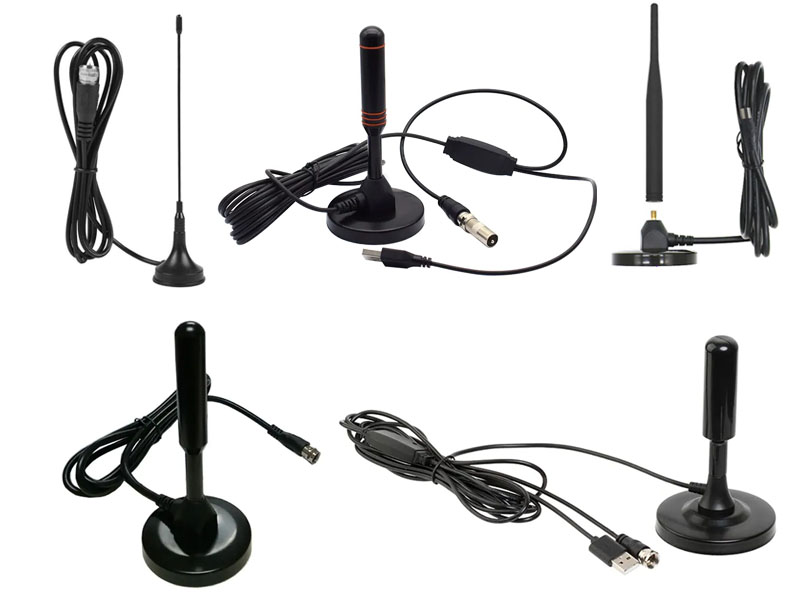-
We’re On Call 24/7 : +8613538296050
-
E-mail : anna@rohoconnector.com
We’re On Call 24/7 : +8613538296050
E-mail : anna@rohoconnector.com
When it comes to RF antennas, a crucial aspect in their design and functionality lies in the frequency bands they are optimized to operate within. Understanding the classification of RF antennas by frequency bands can greatly impact their effectiveness in various applications. Let's delve into the different categories of RF antennas based on frequency bands:
Frequency Range: 300 MHz to 3 GHz
UHF antennas are commonly used in broadcasting, mobile communication, RFID systems, and various wireless applications. Their ability to provide good range and penetration through obstacles makes them suitable for a wide range of applications.
Frequency Range: 30 MHz to 300 MHz
VHF antennas are prevalent in FM radio broadcasting, television broadcasting, marine communication, air traffic control, and amateur radio. These antennas are known for their ability to efficiently transmit signals over long distances.
Frequency Range: 3 MHz to 30 MHz
HF antennas are vital for long-distance communication, including amateur radio, aviation, marine, and military applications. They are used for skywave propagation, enabling communication over vast distances via reflections from the ionosphere.

SHF Frequency Range: 3 GHz to 30 GHz
EHF Frequency Range: 30 GHz to 300 GHz
SHF and EHF antennas are crucial for radar systems, satellite communication, 5G networks, microwave links, and other high-data-rate applications. Their ability to support high bandwidth and data rates makes them essential in modern communication networks.
Frequency Range: 1 GHz to 100 GHz
Microwave antennas are used in point-to-point communication, satellite communication, radar systems, and various wireless communication applications. They are known for their high data capacity and low interference levels.
Frequency Range: 30 GHz to 300 GHz
Millimeter-wave antennas are becoming increasingly important in 5G networks, automotive radar, imaging systems, and high-speed communication applications. Their ability to support high data rates and short wavelengths makes them ideal for next-generation wireless applications.
Understanding the specific characteristics and applications of RF antennas according to their frequency bands is crucial for deploying the right antenna for optimal performance in various communication systems. By choosing the appropriate RF antenna based on the frequency requirements of a particular application, engineers and designers can ensure reliable and efficient wireless communication.
Tags :